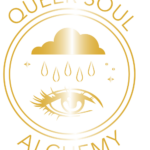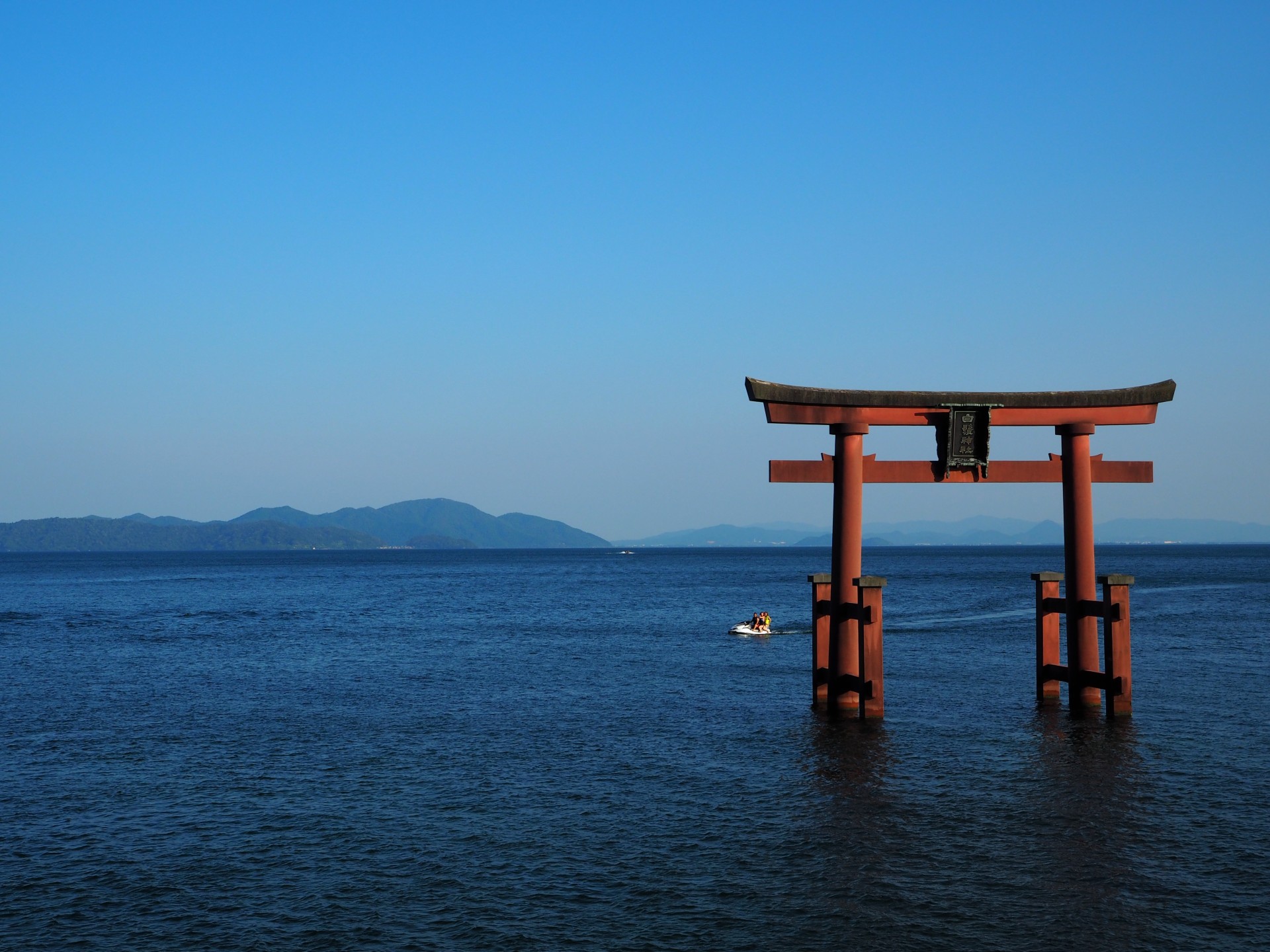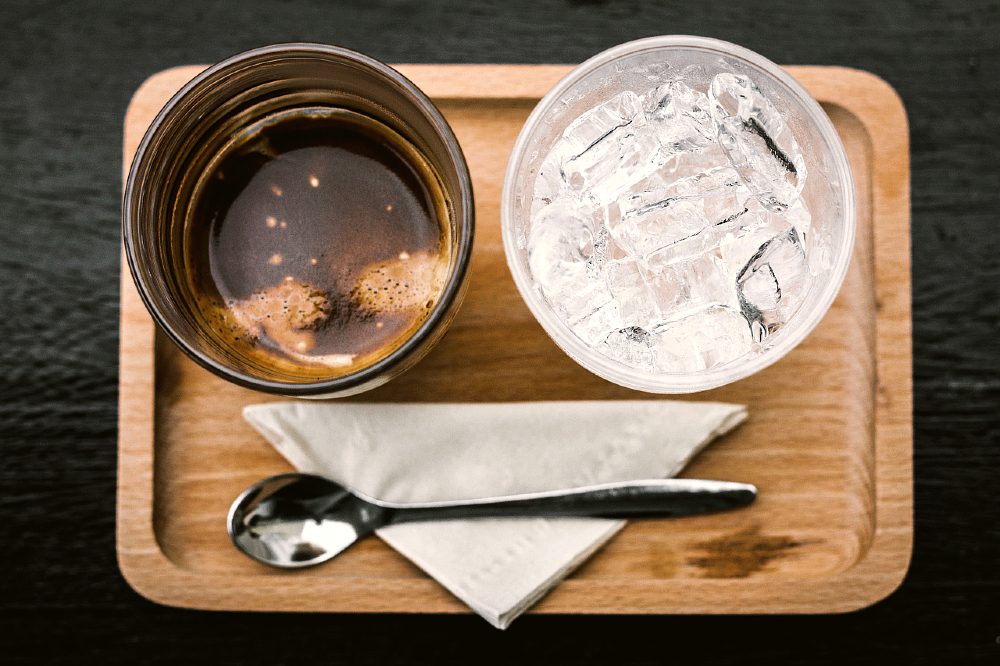
Coffee is everywhere in Vietnam, from busy street stalls to unassuming little cafes hidden around the corner. Discover the country’s vibrant coffee culture and explore the different drink styles that are most popular. Here’s our guide to understanding coffee in Vietnam and the nuances in the variations you’ll find across the country.
Coffee culture in Vietnam
Coffee is not just a drink in Vietnam, it truly is a way of life. From as early as 4 am, you can find cafes and street vendors open, and many sell coffee well into the night. It’s something of a mystery to outsiders how the locals can sip coffee at 10 pm and then go to sleep at night, but many do.
Drinking coffee in Vietnam is a sociable pastime and a chance for ba tam, a Vietnamese phrase that loosely translates to “gossip”. Many cafes in Vietnam are open-air, giving a great view of the street and its various comings and goings. Coffee gives people the chance to find out what’s happening in their immediate area just before they get down to work.
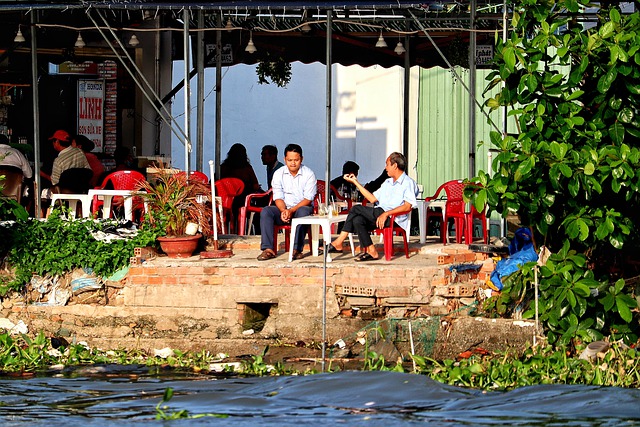
If you’re new to Vietnam, the vibrancy of the early-morning coffee culture should not be missed! Make it one of your top 10 things to do when you visit the country. You may not feel like peeling yourself from your bed at 5 am, but it’s the most lively part of the day. Half a coffee later, you’ll never have felt more alive!
Vietnamese coffee beans
Western coffee drinkers will know the taste of coffee found in the Arabica bean, with its vaguely-nutty flavor that’s mostly imported into Europe and America. You can find Arabica-blend coffee in Vietnam without too much fuss, but there’s another bean here to try: the Robusta bean.
Robusta is the secret ingredient of Vietnam’s coffee scene. A lot of younger local people are seeking Western-style coffee in order to try something different, but it’s Robusta coffee that marks Vietnam’s cuppa as something special and different from the brew you’re used to back home.
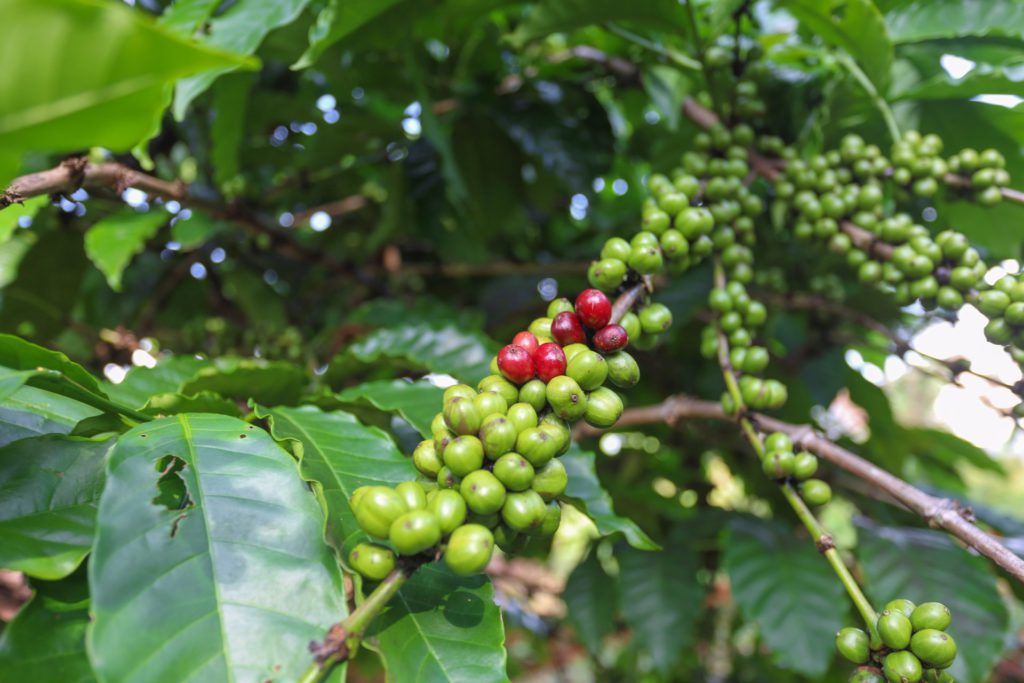
In terms of exports, Robusta beans often end up being distorted into instant coffee blends. The taste was once judged by someone somewhere to be too strong and too bitter. It’s certainly punchy, and at 2.7 percent caffeine content, it’s nearly double the strength of Arabica’s 1.5 percent. There’s a bitterness too, but that’s no bad thing. It’s nothing that can’t be dampened by a spoonful of sugar, if bitter isn’t your bag.
Think of Robusta versus Arabica as being similar to dark chocolate versus milk chocolate, dark beer versus light beer, or red wine versus white wine. One might be easier on the palate, but the other has a greater depth of flavour.
Of course, there’s nothing wrong with liking both. These days, many higher-end cafes will offer not only both blends but a bespoke mix of the two. Vietnamese coffee culture does indeed have something for everyone!
A quick history of coffee in Vietnam
When did coffee come to Vietnam?
Coffee was introduced in Vietnam by the French, during the 19th century. The primary way of making coffee here — through a phin — is also a French creation. The preference for condensed milk over regular milk is yet another French legacy. Back in the 19th century, it was much harder to carry milk over long distances without it spoiling. Condensed milk was a simple solution, and its sweetness caught on among the general population.
Where is coffee grown in Vietnam?
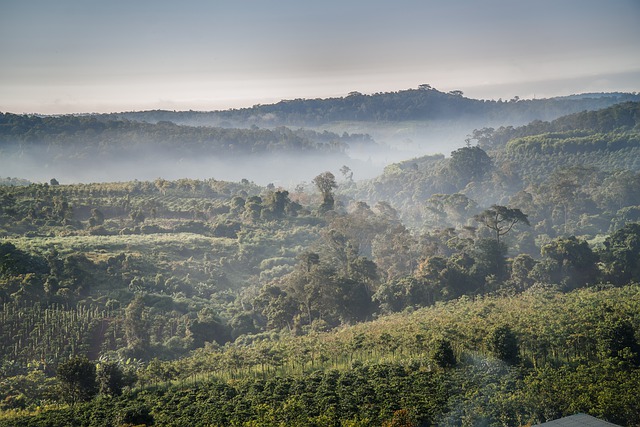
Most Vietnamese coffee beans are grown in the Central Highlands, more specifically the Da Lat region. Here, the climate differs from much of the country, given that much of the area is at a higher altitude. The combination of mountains, sunshine, rain, and good soil conditions make it good for both Robusta and Arabica beans.
Basic styles of Vietnamese coffee
So, you’ve just landed in Vietnam and you’re dying to try the local blend. Where to start? Well, it’s handy to know that Vietnamese coffee comes in two basic styles, loosely based on geography. Bear in mind that coffee will come iced (da) unless you ask for it hot (nong).
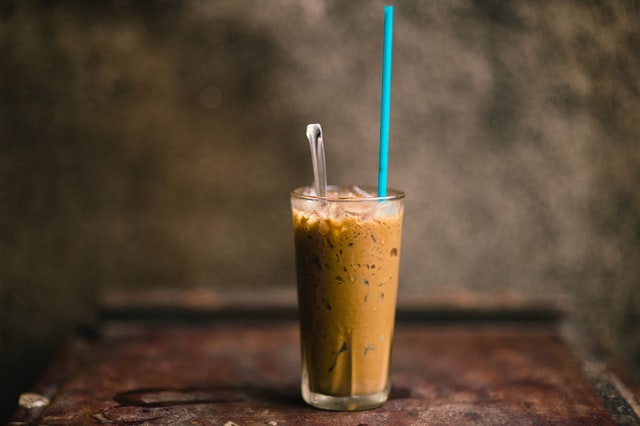
Whilst Western-style lattes and cappuccinos are on the increase, the best Vietnamese coffee is served with a phin. This is a French-style filter, used for making drip coffee. Unless you specify, coffee here will be served with sugar, and a fair amount of it too. This does result in a fabulous-tasting blend, but it can make a drinker hit the ceiling from a caffeine and sugar high, and not come down all day.
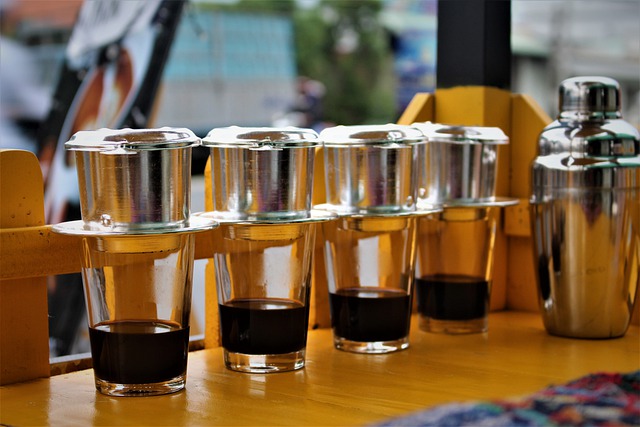
Ca phe Hanoi
Ask for ca phe Hanoi and you’ll get your coffee the way northerners prefer to drink it. This is a short coffee with a thick consistency, ready to blow your head off. It’s normally served with iced green tea on the side, and sipped like a fine whiskey. Refresh the palate in-between sips with the green tea for best results.
Ca phe Saigon
Ask for ca phe Saigon and you’ll be drinking it the southern way. This is a long coffee — think of a highball glass filled with ice and served with a straw.
Specify neither of these and you’ll simply get whatever that cafe specializes in. If you happen to be in central Vietnam, most cafes serve both styles, but have their own in-house preference. If you have a sweet tooth, asking for ca phe sua will add a centimeter of condensed milk to either beverage. Just give it a stir and dive in!
Vietnamese coffee styles with a twist
The list of coffee styles found in Vietnam is longer than a giant’s arm, but there are a few national specialties any visitor should definitely look out for.
Egg coffee
This weird combination may sound slightly crazy at first, but coffee served with whipped-up egg and condensed milk is a sweet delight. Overall the taste is akin to an egg custard, or an extravagantly-creamy mousse.
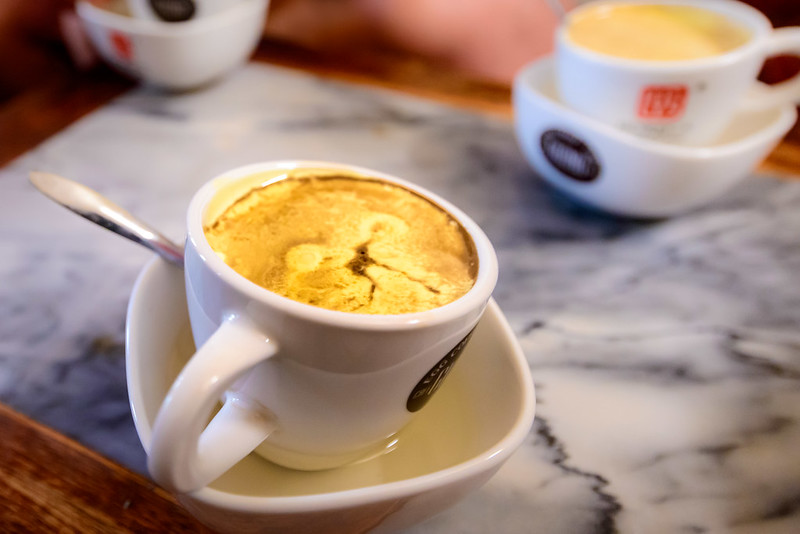
Coconut coffee
There are a few different styles of coconut coffee you can try. The best version is a whipped-up lump of coconut cream delicately placed into an iced black coffee, into which it scrumptiously melts, of course! Vegans should note that this is usually served with a drop of condensed milk also. Most places will have no problem serving it without milk, or will even offer a non-dairy alternative upon request.
Coffee smoothies
Coffee smoothies can take many forms, but they’ll likely be a blend of coffee, yogurt, and fruit — much better than they may sound, and a great way of getting some goodness into your body at the same time as a caffeine hit!
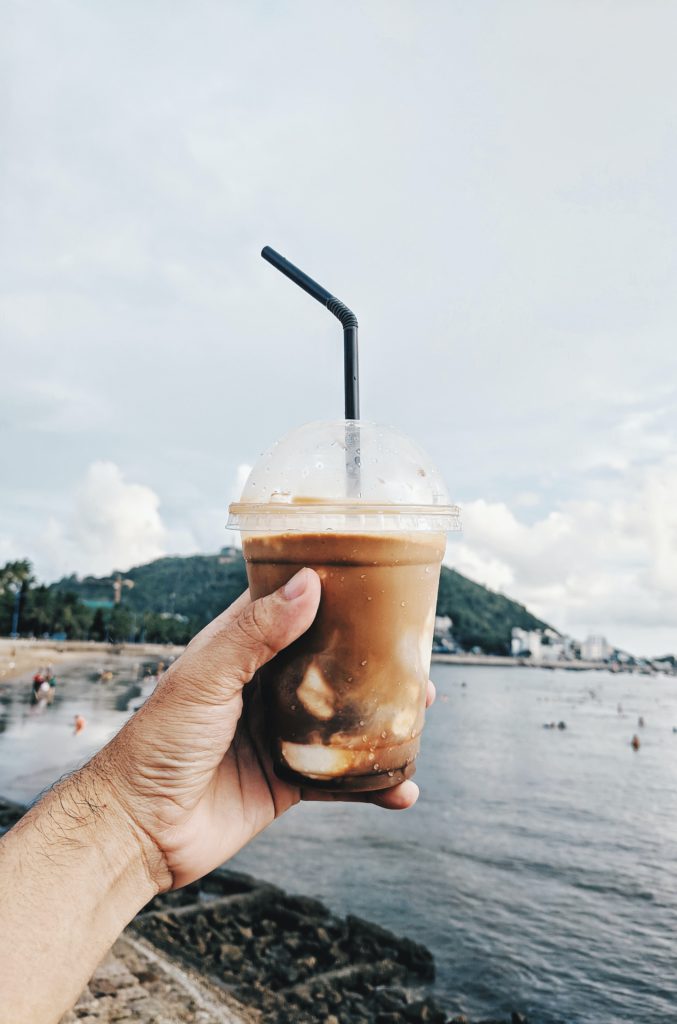
We hope you enjoy your visit to Vietnam and our introduction to the local coffee culture! Getting hungry? Check out our ultimate Vietnam food guide and enjoy the culinary delights on offer too.
About TourHero
TourHero is a social travel platform that enables you to travel with like-minded people and fall in love with the journey. We work closely with handpicked local operators to ensure every experience curated is unique and exclusive to your travel group. Come with us on epic adventures and create memories that last a lifetime!

